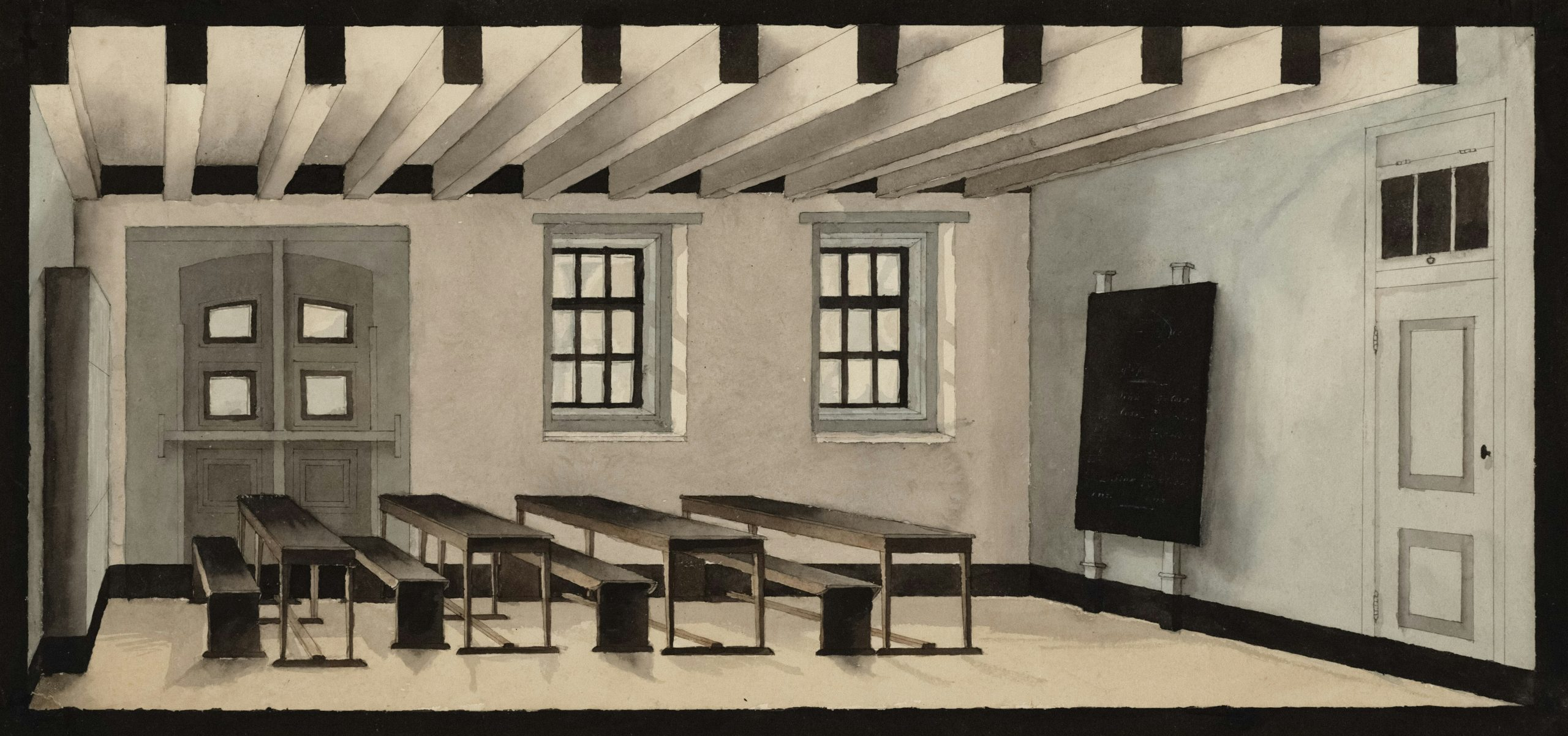Critical Race Theory in Schools: Myths vs. Classroom Realities
As discussions surrounding the inclusion of Critical Race Theory (CRT) in school curriculums continue to grow, it is important to separate fact from fiction. CRT was first introduced in the legal field in the 1970s, but has since expanded to other disciplines, including education. However, it has been met with controversy and misconceptions, leading to confusion and misunderstandings about its purpose and impact. In this article, we will explore the myths and realities of CRT in schools, shedding light on what it truly means and how it can benefit students and society as a whole.
The Myth of Indoctrination
One of the main misconceptions surrounding CRT is that it is a form of indoctrination, where students are taught to hate their own race and view themselves as oppressors or oppressed based on their skin color. This couldn’t be further from the truth. CRT is not about blaming individuals or specific races, but rather about analyzing systemic racism and how it perpetuates inequalities in our society.
CRT in the Classroom
In the classroom, CRT is not about teaching students what to think, but rather how to think critically about race and its impact on their lives and society as a whole. By examining history and current events through a racial lens, students are encouraged to question the status quo and develop a deeper understanding of their own identities and the world around them.
Equity vs. Equality
CRT also emphasizes the difference between equity and equality. While equality is the idea of treating everyone the same, equity recognizes that individuals have different needs and that true fairness is achieved by addressing those needs accordingly. In the classroom, this means providing resources and support for students who have been historically marginalized to ensure they have an equal opportunity for success.
The Reality of Inclusivity
Another common myth is that CRT is exclusionary and promotes division among races. In reality, CRT is about creating an inclusive environment where all students feel seen and heard. By acknowledging and discussing the impact of race in our society, CRT promotes understanding and empathy, rather than division.
Empowering Marginalized Voices
CRT also gives voice to marginalized communities and their experiences. It allows students to see themselves represented in curriculum and discussions, promoting a sense of belonging and self-worth. By learning about the contributions and struggles of people of color, students gain a deeper understanding of their own identities and the diverse world around them.
Preparing Students for the Real World
CRT also prepares students for the real world by providing them with the knowledge and skills to navigate and challenge systemic racism and inequalities. It equips them with the tools to critically engage with media and current events, giving them the ability to recognize and challenge biases and stereotypes.
Conclusion
Contrary to popular belief, CRT is not about indoctrination or promoting division among races. It is about promoting critical thinking and understanding of how race impacts our society. By examining the realities of CRT in the classroom, we can move past the myths and ensure that our education system is inclusive, equitable, and prepares students for the complex world we live in.











